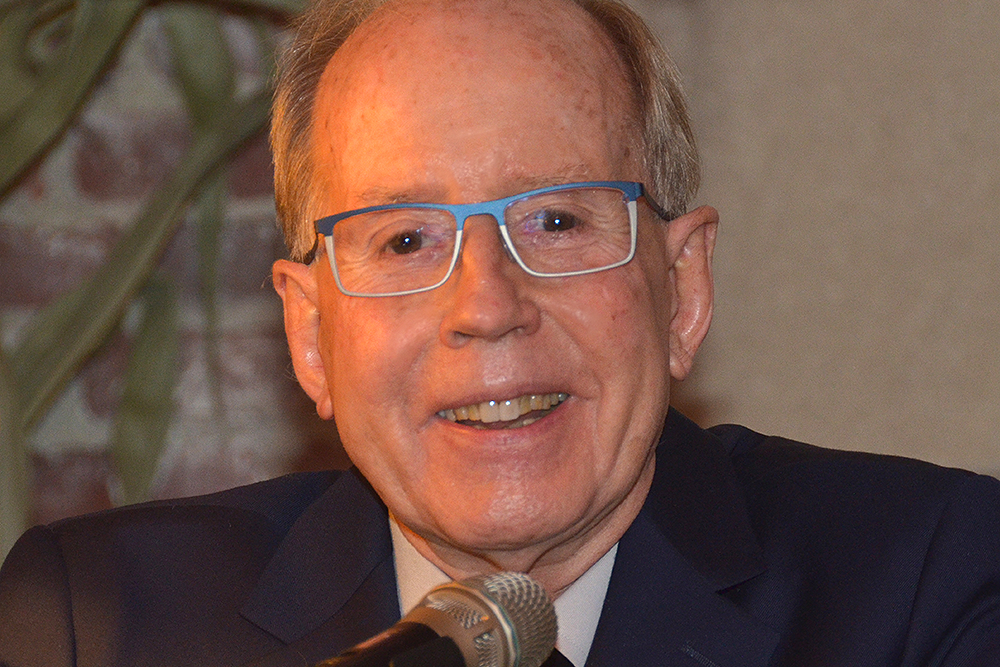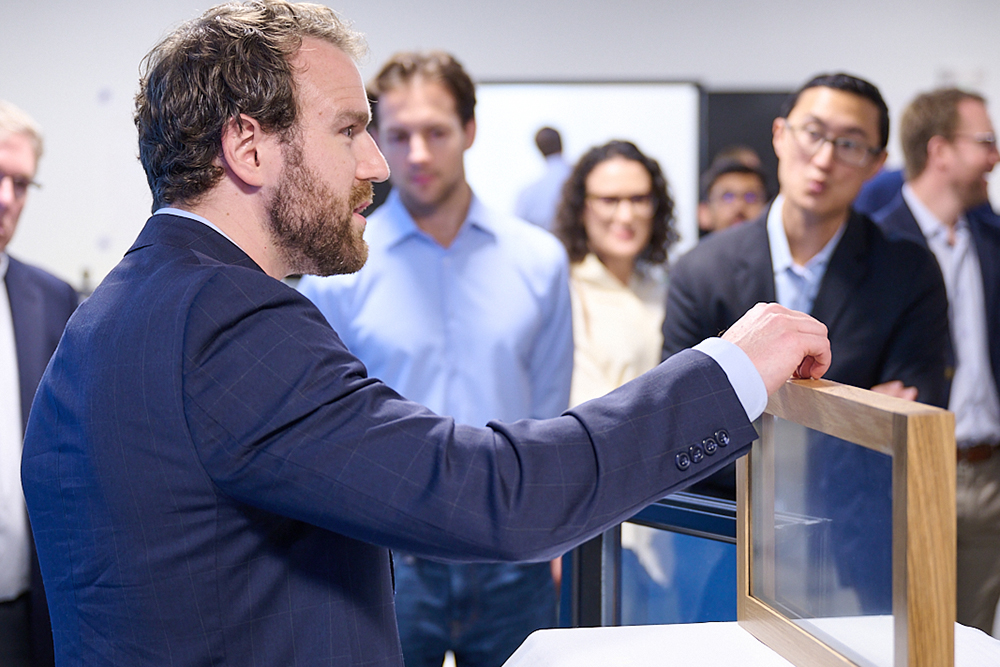In 1978, well before “sustainability” became a buzzword in environmental discussions, Ronald Prinn, a prominent MIT professor of atmospheric science, established the Advanced Global Atmospheric Gases Experiment (AGAGE). Today, AGAGE delivers real-time data on over 50 harmful trace gases, aiding in the assessment of emissions on a national level—crucial for monitoring compliance with the Montreal Protocol and the Paris Accord. Prinn emphasizes that this initiative sparked his drive to conduct science that can directly inform policy decisions.
Similar to the surge in global sustainability initiatives, Prinn’s dedication blossomed over the subsequent three decades, resulting in impactful achievements in sustainability science. The Center for Global Change Science (CGCS) and the Joint Program on Science and Policy of Global Change, founded and co-founded by Prinn, have now collaborated to establish the MIT School of Science’s new Center for Sustainability Science and Strategy (CS3). This center is led by former CGCS postdoc, now MIT professor, Noelle Selin.
As he transitions into new roles, Prinn reflects on the evolution of sustainability and the roots of his journey.
Q: What inspired you to establish the MIT centers focused on sustainability?
A:In 1990, after founding the Center for Global Change Science, I co-founded the Joint Program on the Science and Policy of Global Change with a pivotal collaborator, [Henry] “Jake” Jacoby. At that time, he was a professor at the MIT Sloan School of Management. Our goal was to jointly address the multifaceted questions concerning human activity sustainability by merging the natural and social sciences. We recognized that actionable insights required this interdisciplinary approach, which led to the creation of a collaborative program between CGCS and his center, the Center for Energy and Environmental Policy Research (CEEPR).
This “joint program” was named for two reasons: it merged two centers and two disciplines. It expanded beyond standard scientific research to assemble a diverse team capable of tackling interconnected challenges encompassing environmental issues, human development, and economic factors. We were trailblazers in integrating these components into a unified framework.
Q: In your view, what has been your most significant contribution, and how has it influenced public understanding?
A: Our key achievement lies in the development and application of the Integrated Global System Modeling (IGSM) framework. This tool examines human development dynamics in both developed and developing nations, fundamentally shifting perspectives on climate-related challenges. Through IGSM, we explored the interactions between human actions and natural systems, analyzing climate change’s repercussions on agriculture, ocean resources, and beyond.
Historically, policies were often crafted by economists or climate scientists in isolation; we demonstrated the essential need for collaboration across these fields. We convincingly showed that effective climate and air quality responses require an integrated approach to analysis and decision-making.
To highlight the importance of policy despite the inherent uncertainties in climate projections, we conducted numerous IGSM simulations, both including and excluding various policy choices. In 2005, we launched the engaging Greenhouse Gamble interactive visualization tool, which has been repeatedly updated in alignment with evolving science and policies.
Q: At this crucial moment, what role can MIT play in advancing our comprehension of climate change and its impacts?
A: We must continue to enhance our integrated global system modeling capabilities to ensure the sustainability of human activities while maximizing their benefits. This focus is central to the mission of CS3. Our objective is to underscore sustainability not just as an environmental concern, but as a crucial element encompassing overall human welfare. Human health and social equity are at the heart of sustainability efforts.
Our evolving modeling systems allow us to evaluate the impacts of policies comprehensively, even at local levels, before large-scale infrastructure investments are made. Achieving this necessitates broader interdisciplinary collaboration, creating a seamless link between research findings and decision-making processes—both within public policy spheres and the private sector.
Photo credit & article inspired by: Massachusetts Institute of Technology



